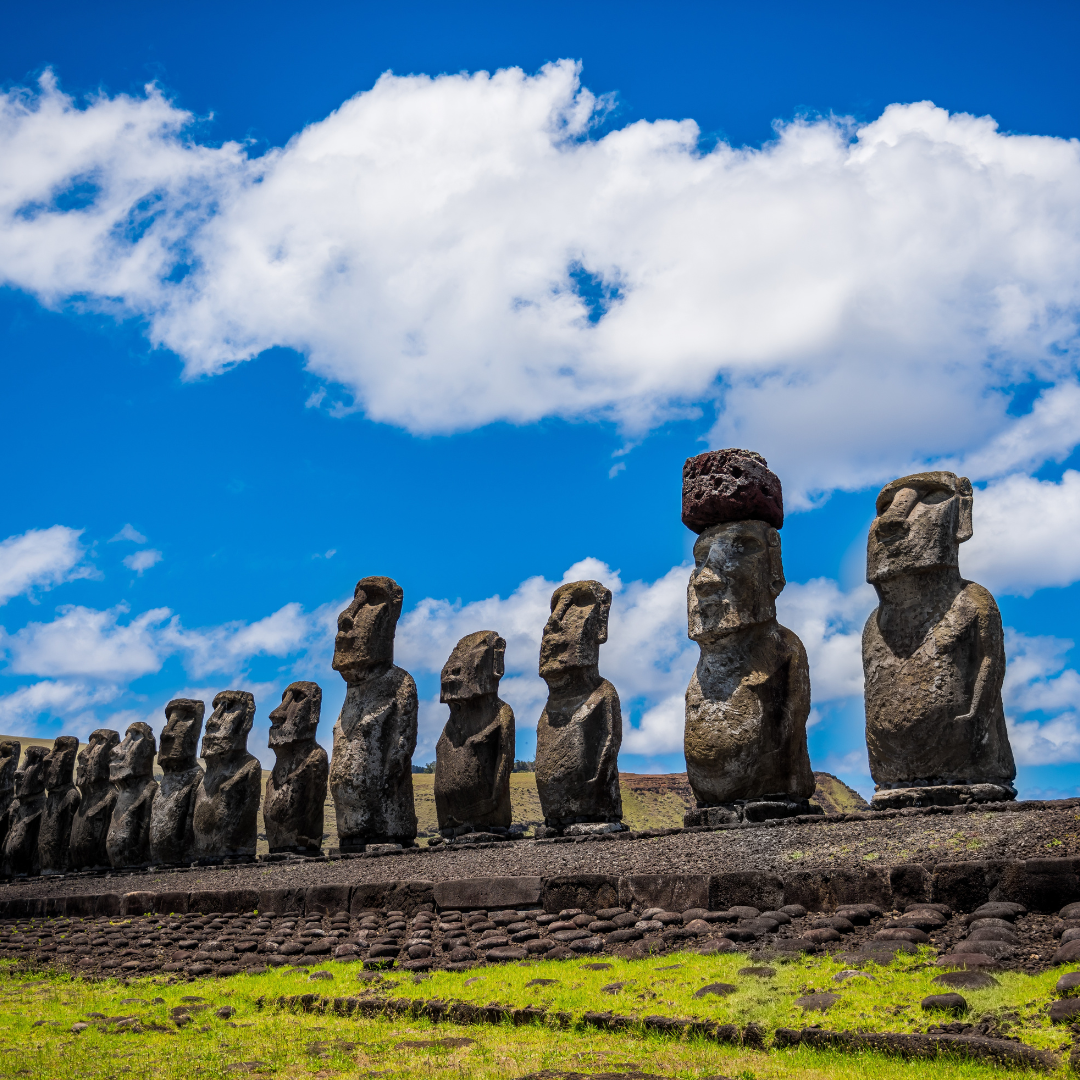The Archipelago of Chiloé: Myths, Wooden Churches, and Traditional Festivals

Chiloé, a windswept archipelago off the southern coast of Chile, is a place where myths are woven into the fabric of daily life, where age-old traditions continue to thrive, and where the unique cultural and architectural heritage dazzles visitors. As we set off on this journey through Chiloé, prepare to be enchanted by its stories, mesmerized by its beauty, and invigorated by the flavors and festivals of this unique island chain.
Chiloé: An Archipelago Steeped in Lore
The Chiloé Archipelago, cradled by the chilly waters of the Pacific, emerges as a mythical realm. Ancient stories murmur through its winds, carried over the waves from generation to generation. A place of mystery, where past, present, and fable seem to intersect. First inhabited by the indigenous Huilliche and Chono tribes, Chiloé became a blend of cultures when the Spanish colonizers arrived. With the merging of indigenous and Spanish beliefs, the lore of Chiloé became richer, with tales infused with elements from both worlds. Today, these stories form the foundation of Chilote culture, influencing their traditions, music, dance, and daily life. Each island, every cove, and every ancient tree seems to have a tale to tell.
The Legendary Creatures and Tales of Chiloé
To dive into Chiloé’s legends is to immerse oneself in a universe where magic is commonplace. The Caleuche, a ghostly ship, sails its waters, carrying souls and emitting haunting melodies. The enchanting Pincoya, with her beauty, dances on the shores, her movements predicting the bounty of the sea’s harvest. Yet, not all tales are comforting; the Invunche, feared by all, guards the sorcerer’s lair, while the Camahueto, a horned creature, leaves tracks as it roams, which become waterways. These stories, passed from grandparents to grandchildren, offer not only entertainment but lessons about respect for nature, the importance of community, and the thin line between the known and the unknown.
UNESCO Heritage: The Wooden Churches of Chiloé
Majestic in their simplicity and standing tall against time, the Wooden Churches of Chiloé are much more than architectural wonders. Each church narrates a story of collective effort, resilience, and fusion of indigenous and European styles. Built mostly in the 18th and 19th centuries, the churches showcase a mix of native woodworking techniques and Catholic architectural nuances. The use of local timber and the unique design make them distinct, earning them the honor of being recognized as UNESCO World Heritage sites. Visiting these churches is like stepping back in time, feeling the devoutness and dedication of the Chilote people who crafted these wooden masterpieces.
Celebrations: Festivals That Define the Islands
The heartbeat of Chiloé is best experienced during its festivals. Traditional celebrations like the Minga de Tiradura exemplify community spirit. Here, neighbors come together to move a house using wooden logs and oxen, with the day culminating in song, dance, and feasting. The Mil Tambores, or “A Thousand Drums,” resonates with rhythms of Chiloé’s maritime heritage, filling the air with infectious energy. These festivals are more than just celebrations; they are the lifeblood of the community, preserving age-old traditions and strengthening bonds among the Chilotes.
Gastronomy of Chiloé: Tastes of the Sea and Land
Taste Chiloé, and you taste the essence of the archipelago. With the vast ocean on one side and fertile land on the other, Chilote cuisine is an aromatic blend of marine and terrestrial flavors. The iconic curanto represents this fusion— a delicious mix of meat, seafood, and potatoes, traditionally cooked in a pit. Fresh catches from the ocean, including fish like merluza and diverse shellfish, are staples. Meanwhile, the unique Chilote potato, with its myriad varieties, enhances the flavor palette, making dining in Chiloé an unforgettable culinary journey.
Exploring the Lesser-Known Islands of the Archipelago
Beyond the well-trodden paths of the main islands, there lie hidden gems waiting to be explored. These smaller islands, like Quinchao and Cahuach, boast of untouched beaches, lush forests, and quaint villages. On Quinchao, you’ll find traditions like wool weaving alive and thriving. In Cahuach, the serene landscapes offer moments of tranquillity. A voyage to these islands is an invitation to a Chiloé unfiltered, allowing travelers to experience the archipelago in its purest form.
The Rich Cultural Tapestry of Chilote People
The spirit of Chiloé finds its most vivid expression in its people. The Chilotes, resilient against nature’s fury and yet gentle in their ways, are the true custodians of the archipelago’s rich heritage. Their colorful attire, melodious folk tunes, and intricate handicrafts tell tales of centuries gone by. They wear their culture not just in festivals or special occasions but in their everyday life, making it an intrinsic part of their identity. To know Chiloé is to know its people, to listen to their stories, to join in their songs, and to immerse oneself in the cultural mosaic they’ve lovingly preserved.
In conclusion, Chiloé is not just an archipelago; it’s a living tapestry of stories, traditions, and natural beauty. As the waves of the Pacific continue to shape its shores, the islands remain a testament to the indomitable spirit of the Chilote people and the timeless allure of their homeland. A visit to Chiloé is not just a journey through space, but also a voyage through time, culture, and the heart of an ancient land.


